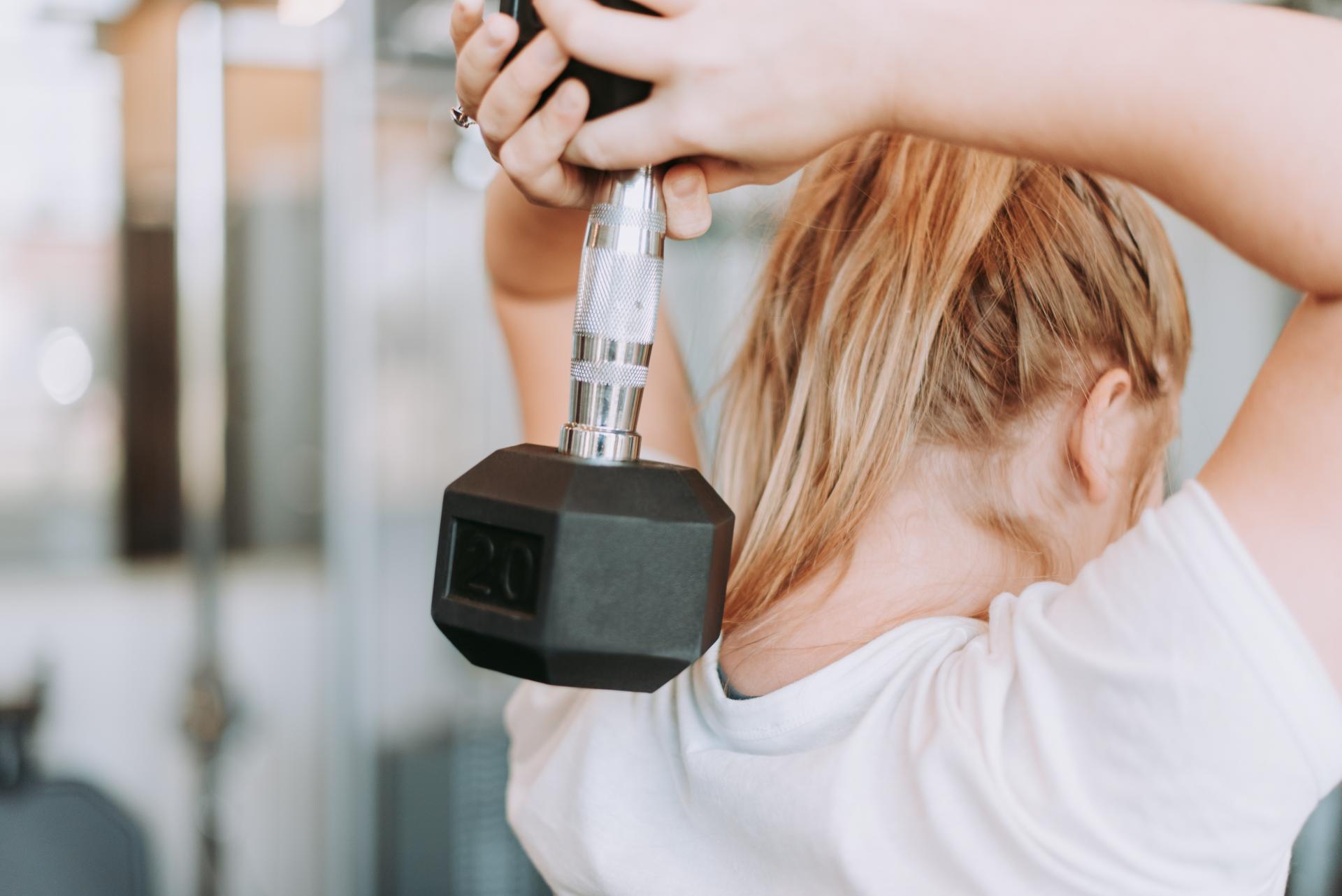How Long You Can Go Without Exercise Before You Start Losing Your Physical Fitness

Pexels
It’s an all too familiar scene. You’ve been really good about making time for the gym for the past couple of months, you’re feeling really motivated and you’re actually seeing and feeling a difference. Then, all of the sudden, things at work or in your personal life start getting hectic and as much as you try to maintain your fitness routine, you end up falling off of the exercise bandwagon. Now you’re wondering… how long can you actually go without hitting the gym before all of that progress disappears?
It turns out that the amount of time that you can avoid the gym before you start seeing and feeling a serious difference is different for every aspect of your fitness. For example, you’ll see a deterioration in your cardio abilities before you notice a decline in your strength. Here’s how to know exactly how long you can avoid working out before you start losing specific types of physical fitness.
If you’re working on your cardio…

Pixabay
Maybe you’re training for a big race or working toward running your first marathon, but then something happens that gets in the way of your training schedule. Maybe it’s the flu or a big promotion at work that requires long hours. The good news is that if you miss just a few days of training, you won’t see a decline in your cardiovascular endurance. If you’ve been running consistently, you likely won’t notice any difference in your aerobic fitness until you’ve been inactive for one week to 14 days. What’s more, what you lose initially is mostly the cardio endurance gains that you’ve made in the past couple of months, so if you’re a lifelong runner, it’ll likely take more than a couple of weeks of no training before you notice any major deterioration.
If you’re training for muscular endurance…

Unsplash/ Johannes Langwieder
Muscular endurance is the ability of your muscles to withstand fatigue during prolonged use. Muscle endurance is essentially your ability to do something over and over for an extended period of time without getting tired. Everything from lifting lower weights for more repetitions to completing 50 bodyweight squats or even sports like skiing would be considered activities that test your muscular endurance.
When you’re taking a break from working out, you’ll likely lose your muscular endurance a lot faster than your muscular strength. After just two weeks of no exercise, you’ll notice a decline in your muscular endurance. When you start training again, you’ll likely feel that it’s much harder for you to work out for long stretches of time than it was when you were going to the gym regularly, and you’ll probably have to take more breaks. But don’t sweat it! It won’t take long for you to regain the endurance that you’ve lost once you get back into the swing of things.
If you’re working on getting stronger…

Unsplash/Gades Photography
If you’re worried about losing that muscular strength that you’ve worked so hard to achieve by spending all those hours in the gym lifting heavy weights, you’re in luck! Your muscular strength likely won’t suffer for the first month that you hold off on training. What’s more, your muscles retain a memory of exercises for weeks or even months after you stop exercising. So if you were working out regularly before your break from exercise, it likely won’t take long for your muscles to regain the strength that they lost during your period of inactivity. Although, you’ll probably have to start out by using lighter weights than you were using before to avoid injuries.
If you’re working on your flexibility…

Unsplash/Dominic Lowyears
Maintaining flexibility as you age is important for avoiding injuries and chronic pain — like the back pain you get from sitting at your work desk all day. To maintain flexibility, you should aim to stretch each of your major muscle groups at least two times a week, holding each stretch for 30 seconds. If you’re not regularly stretching or doing other flexibility-enhancing exercises like yoga, your flexibility can deteriorate at a rapid rate. Even just seven days of inactivity can result in stiffer muscles and joints. The good news is that you can easily work on your flexibility in a short period of time without having to go to the gym or use any equipment. So if you’re unable to get a workout in, make sure that you still spend at least five minutes two times a week stretching it out at home.
If you’re focusing on growing bigger muscles…

Unsplash/Scott Webb
If you’ve been working diligently on increasing your muscle mass, you’ll be happy to know that it usually takes 12 weeks (roughly three months) of no exercise before the average recreational athlete — meaning someone who exercises regularly a few times per week — will notice a difference in their muscle mass. So even though your cardio likely will suffer if you take a three-month break from training, you probably won’t notice much of difference in your muscle definition.
If you’re taking a break from the gym, it’s important that you generally focus on maintaining a nutritious, balanced diet to stay healthy during your period of inactivity. And try to get some less-intense exercise in when you can, like walking or biking to work and taking the stairs instead of the elevator whenever possible.
Sign up for Daily Fit by Swirled, our newsletter featuring a wellness tip of the day and must-read health news from around the web! You’ll be one step closer to living a healthy, balanced life.
RELATED
These Are The Best Types Of Exercise For Your Body Type
6 Simple Ways To Fit Exercise Seamlessly Into Your Day
There Is Such A Thing As Working Out Too Much











